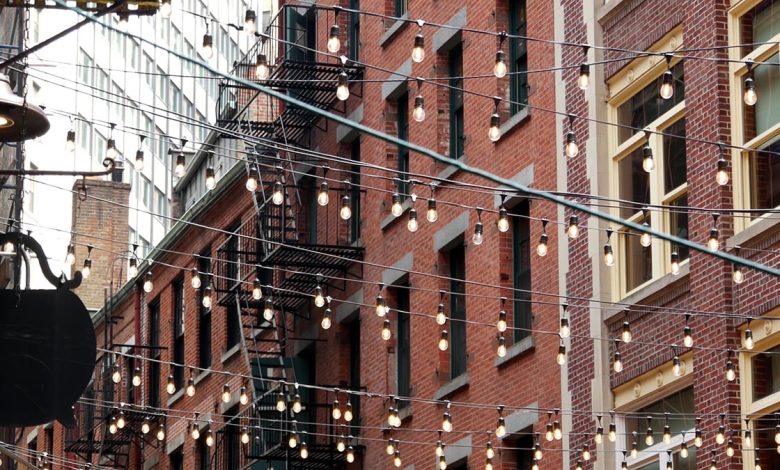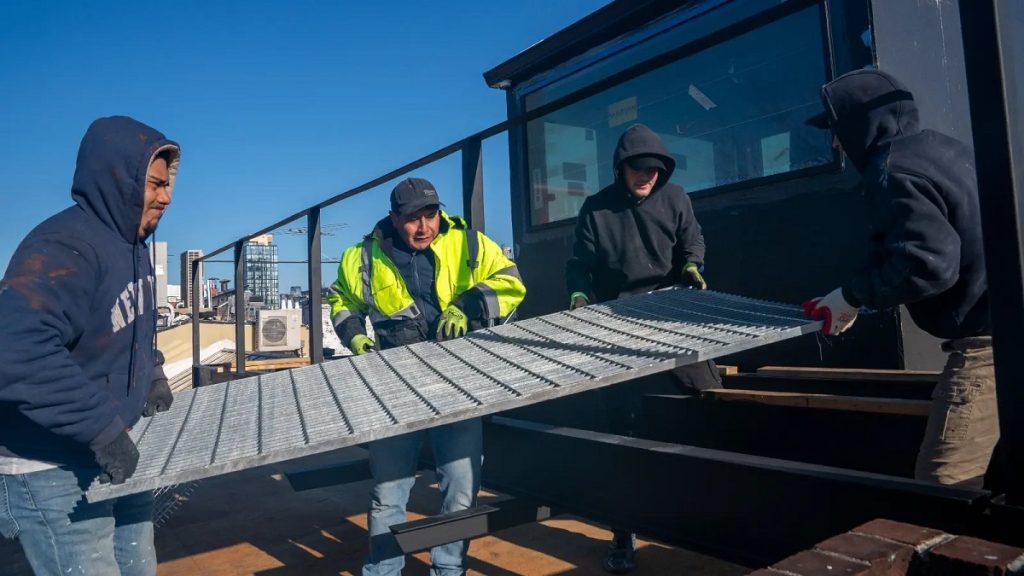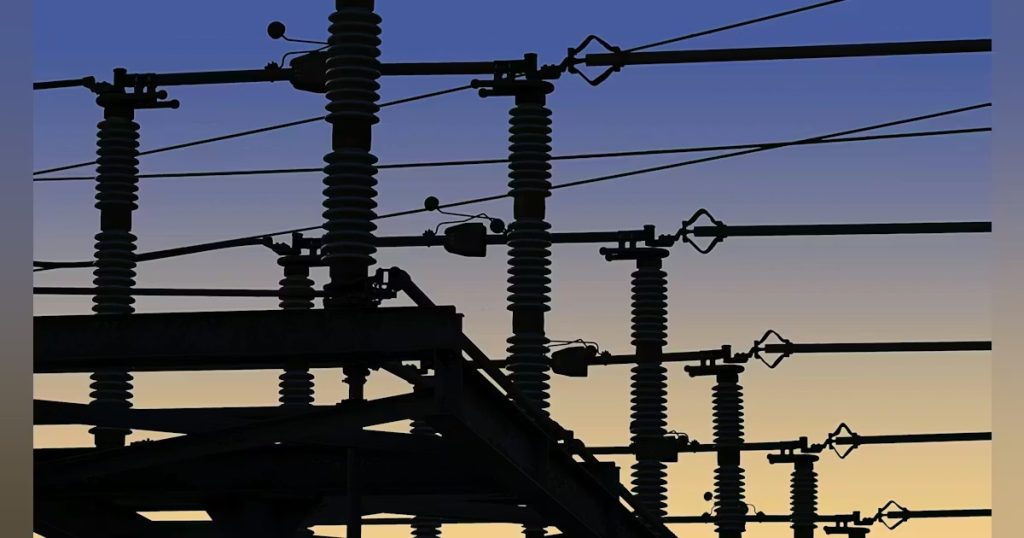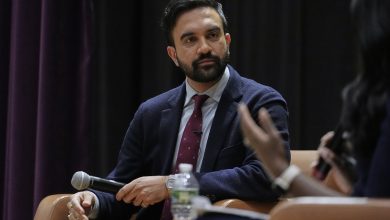New York Delays Landmark All-Electric Building Law Amid Legal Challenge
The state postpones the ban on fossil-fuel equipment in new constructions as a federal appeal reviews the law’s constitutionality, balancing climate goals with economic and housing concerns.

New York State has approved a delay in the implementation of its landmark All-Electric Building Law, an environmental legislation aimed at banning natural gas and heating oil equipment in most new constructions. The postponement comes as a federal appeals court prepares to review a crucial lawsuit challenging the law’s constitutionality. The decision to suspend the law, originally scheduled to take effect on January 1, 2026, is intended to reduce regulatory uncertainty during ongoing litigation—a move that has sparked mixed reactions across the state.
The All-Electric Building Law, passed as part of New York’s ambitious 2019 Climate Leadership and Community Protection Act, is a cornerstone of the state’s strategy to aggressively cut fossil fuel emissions over the next 25 years. State energy officials identified buildings as the largest contributors to these emissions due to widespread reliance on natural gas for heating and cooking.
The law aims to phase out these traditional methods, with implementation regulations only adopted last October. It was set to apply to new buildings up to seven stories tall in January, with all other new constructions following in 2029, subject to limited exemptions.

However, the law has faced strong opposition since its inception, culminating in a lawsuit filed two years ago by a coalition of trade groups and labor unions. Plaintiffs—including the Builders Association of New York State, the National Association of Home Builders, and several labor organizations—argue that the state law conflicts with federal energy and conservation policy, rendering it unenforceable.
They emphasize that millions of New Yorkers rely on natural gas, propane, and oil for essential services like heating and cooking, particularly during harsh winters, arguing that a full ban threatens access to reliable, flexible, and affordable energy.
Despite these claims, in July, U.S. District Judge Glenn Suddaby ruled that federal energy and conservation policy does not override New York’s ban on fossil fuel equipment in new buildings. Plaintiffs have since appealed, moving the case to the Second Circuit U.S. Court of Appeals. The state’s agreement to delay the law takes place while this appellate review remains pending, with legal filings due by late December.
Critics also highlight the potential impact on New York’s ongoing housing crisis. Michael Fazio, CEO of the Builders Association of New York State, expressed concerns that the state could make new construction less feasible and appealing to developers, citing the “exorbitant” costs of upgrading the grid to support all-electric buildings. He stressed that fostering housing growth and achieving New York’s environmental goals must be able to coexist.
Governor Kathy Hochul’s administration has reaffirmed its commitment to the All-Electric Building Law, with a spokesperson noting that the delay will help the state defend the law and reduce regulatory uncertainty for developers during litigation. However, this stance has been met with skepticism from building electrification advocates.

Walter T. Mosley, New York Secretary of State, officially approved suspending the mandate “to avoid further litigation” and “reduce uncertainty during the appeals process,” prompting some, like Michael Hernandez from Rewiring America, to view the governor as indirectly delaying the mandate without taking direct responsibility. Liz Moran of Earthjustice criticized the agreement as “a gift to wealthy corporate polluters,” arguing that New Yorkers gain nothing from the delay.
Concerns also extend to the state’s energy infrastructure. Assembly member William Conrad III, a Democrat from Buffalo, leads a group of opponents worried that the current grid is not yet capable of handling increased electrification. The grid is currently designed for summer peaks (air conditioning), and shifting peak demand to winter heating will require significant adaptation. Governor Hochul herself acknowledged the need for a practical approach, emphasizing affordability for New Yorkers. At the same time, Senate Minority Leader Robert J. Ortt urged the governor to convene a special session to repeal the law if she had “serious concerns” about the all-electric mandate, as publicly stated.
Conversely, supporters like Assembly member Emily Gallagher, a Democrat from Brooklyn, argue that all-electric buildings are affordable and critical to achieving the state’s urgent climate goals. State program analyses indicate that while construction costs may rise initially, residents will ultimately benefit from lower energy bills over the long term. Senator Jeremy Cooney, a Democrat from Rochester, stressed the importance of respecting the judicial process and seeking further guidance from agencies before resuming the legislative session in January.
The ongoing legal battle and the state’s decision to delay the mandate underscore the complex challenges New York faces in balancing ambitious climate goals with economic realities, infrastructure capabilities, and public concerns about affordability and housing. The upcoming appellate court decision will likely shape the future of sustainable building practices in the Empire State.



